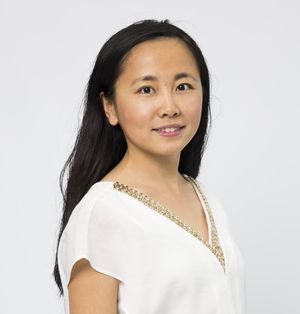On September 23rd, I hosted another “Investor Chat and Founder Pitch” event with Ying-Ying Huang, Senior Associate at Icebreaker. Ying Ying highlighted why it is important to shape and support a business at the beginning of their entrepreneurial journey; what makes Icebreaker exceptional in the pre-seed to seed stage funding and how entrepreneurs should think about hiring pipelines and option pools.
Today, we are focusing on angel and pre-seed stage investment. We are vertical agnostic and open to all kinds of investments. Currently, we are investing from our second fund, a 100 million euro fund, and we have 60-65 companies already. Most of them are in the pre-seed stage, but some from the first fund have gone into Series A and B. We are meeting a lot of startups and evaluating opportunities.
About Icebreaker.vc
With offices in Stockholm, Icebreaker is a Helsinki based venture capital firm and community supporter for founders, based in Sweden, Finland, and Estonia, raising a pre-seed or seed round. Their initial investment ticket size ranges from €150-800 K, however, no stage is too early for them to invest. Icebreaker has invested in over 60 companies with experienced founders from some highly successful tech companies such as Rovio, Nordea, Pipedrive, Eniram, IBM and BCG. Icebreaker´s philosophy lies in partnering with passionate teams with deep insights into the industry and a vision for the future. They aim to support companies at an early stage to build a solid base for faster growth.
Ying Ying recently joined the investment team of Icebreaker as a Senior Associate. Before Icebreaker, she worked with the venture capital arm of Telia, the largest telecom operator in Northern Europe. Having an international background, she has previous experience in investing in startups across Nordic and Baltic regions. Her expertise includes seed A & B funding and driving collaborations between large companies and young startups. She is an alumnus of Stockholm School of Economics and National Taiwan University.
Joining Ying in the Q&A was Skåne Startups co-founder and General Partner of Pale Blue Dot, Joel Larsson. Along with Ying, Joel guided the founders and other members of the audience with interesting tips and tricks of the VC market. The discussion was hosted and moderated by Zhenni Liang, Managing Director of Skåne Startups.
Meet the Founders
Building a startup is never easy. Beyond the passion and idea is the challenge of early-stage innings and wading through a learning curve. What has been observed as a trend is that while later-stage founders are hitting success; first time founders and those raising smaller tickets are facing the struggle to raise funds. That’s what makes Icebreaker.vc an exception in pre-seed funding. The fact that they believe in supporting founders even before the latter knows that their business idea has the potential for growth.
Sweden has fostered innovation and entrepreneurship for the longest time and there is no dearth of a talent pool here in Skåne. Committing to the future growth of the ecosystem: we invited and introduced 5 creative disruptors to Icebreaker.vc who had tinkle in their eyes and heart on their sleeves.
Sebastian Kentander & Jonas Kjellander of Caterking.se are the new game-changers in the catering business. With a marriage of food, e-commerce, and technology, Caterking is a platform to scout, compare and order catering services in Malmö, Lund and other parts of Skåne.
Brandy Xu of Knologram is customised knowledge base for delivering complex information for MedTech professionals. MedTech companies with complex products can access Knologram for customised content.
Aarvin Chakravarthi & Sigurd Osterud of Trailsi.se is an app service that provides location-based service for cities and museums that offer multilingual audio guides.
Robert Ilijason of HonestBox is the first of its kind unarmed grocery store. The service is an all-in-one affordable, time-saving retail service.
Marcus Ekström of Flexico is a digital staffing agency recruiting flexible staff for warehouse, logistics and retail sectors. Flexico aims to revive the staffing and recruiting industry through competitive solutions.
You can re-watch the event and read the key learnings below:
Watch the event recoding here
How does Icebreaker VC invest?
Q: I have a question relevant to all early-stage founders. What kind of criteria or traction do you expect to see in a startup to consider investing?
Ying-Ying (Y): Yeah, so it's very hard to give one answer that fits all companies. But if I'm trying to oversimplify, then we are looking for basically three areas when we evaluate the company. First of all, it’s the team's domain expertise. It does not need to be a team of scientists by training, but we want to have a team that knows what kind of problem they are solving, and to have a deep understanding of the market that they are going after. So, for example, it can be a team that has built a similar product in another company, and the target customers of your current product were frustrated by the previous or existing solution, so you would like to try to do something yourself.
Secondly, the market, of course. Everyone wants to see that the market is big enough, and hopefully the global market that eventually you will be able to scale your company and move into other regions.
And the last part is the product. The products depend on the different industries. So, there are some industries that you just have very high defensibility which is good. But if the product has less defensibility, usually in the space of B2C products, or consumer-focused products, then we would like to see what's your unique take on the current problem that you are trying to solve? If you tell me, you want to build Facebook #2, then I would ask you why you think you can do better than Facebook and what your market or pricing approach would be.
Q: What is a large enough market for Icebreaker? How do you know if your company is VC fit? What type of outcomes would you expect to see in a startup?
Y: There's not one right answer. Sometimes, even as investors, we don't know the answer. So, our approach is that we try to challenge your assumption about the market. For example, when an entrepreneur says ‘I can take 5% of the market’, then we will ask you ‘why do you think you can only acquire this 5%. Are there any areas that your product is naturally growing to, but maybe you haven’t thought about?’ The idea is not to extract the exact numbers but evaluate how you think and how you size your market.
Joel Larsson (J): It is hard even on the investors’ side. We are also trying to figure out, is the outcome big enough? For us, they should be able to return the full fund, so we are looking for an outcome that would return the full fund, $100M, and that is the limitation that we have. And the limitation that we usually see in Sweden is that founders are not thinking large enough. Can this investment return $100M for the 5-10% that the investor owns? That means huge output.
Q: Icebreaker supports founders even before they know what they want to build or have a team. Investors often tell founders that they are too early. So, what is your investment philosophy when it comes to supporting the founders, even before they know they want to build a team?
Y: For that, we need someone that has very deep domain expertise. Of course, we will never be able to know if you are going to build the company until you actually register the company. So we can’t just look at someone’s face and say ‘Oh you want to build a company in three months, we are going to invest!’, that is not possible! However, from the time a founder makes some changes, e.g. to their LinkedIn title till they have an actual MVP to show, we can support founders even though they may not be ready to raise. And by support in this early stage, we mean that we are going to help you build your network.
So, we have a community that we are growing, which includes scale ups, startups, and people that have been through the startup journey and a strong focus on the local community. So, it is easy for us to give you a few pointers of whom you should speak to.
For example, if you are building a B2B SaaS product and we know that a person in the community used to build products in this category, we suggest that you speak to them, because of their proven experience in the domain. So that's something that we can do from very, very early on, and also we can bounce ideas with you. But of course, we still need the founders to reach out to us. Therefore, it's very hard to know exactly where everyone is in terms of their mindset.
Q: Has Icebreaker invested in a company that had a pitch deck, and maybe, a great business model, a great team, but really nothing more than that?
Y: Yes! We are investing in much earlier stages than most VC funds in the Nordics.
From time to time though, we hear this industrial gossip of an ex-Uber or an ex-Bolt employee that just put a team in place and they raised 2, 3, 4 or 5 million euros from or in Sweden. So yes, this is happening here, not to a Silicon Valley degree, but it's starting to happen.
What makes Icebreaker VC different than others and trends on venture investing?
Q: Icebreaker has created the so-called “Portfolio Development Practice”, its cornerstones being systems for Founder Development, Hiring, Growth Program and support in planning and strategy. Would you please tell us a bit more about that?
Y: Yeah, that's our secret 😊. After tonight, probably it will no longer be a secret. Since we invest in companies that are very early and after investing in 60 companies, we understand what companies need and at which point in time.
For example, let's say we invest in this company today and the goal for them is to raise a seed round in 9 to 12 months. So, we can guide the founders on what they need to do in one month from now, two months from now, three months from now, and then six months from now. This is based on our experience at growing our portfolio companies. So, we target this stage, so specifically, because we know what kind of challenges a startup will face. We can tell you early on what you need to start thinking about.
One thing that a lot of early-stage founders should think about, and it is very important for us is the hiring pipeline. Founders usually think about hiring when they have the money in the bank, and that is a little bit too late. For hiring, you need to interview people, start onboarding people, sometimes they have a notice period of two or three months... Two, three months can be so crucial for a key function in a startup. You should start to think about it as early as possible. So, let's say if you get 5 million SEK tomorrow, who are you going to hire? And if you get 10 million SEK in three months, who are you going to hire?
So that's something you should always keep in mind to have. You don't need to have the names and a list of people, but you should have in mind all the time, if we want to grow this fast how many, for example, engineers we need, and if we want to expand what kind of growth-people do we need. This way you can prepare yourself because you never know, maybe tomorrow Sequoia will be knocking on your door and you might get 20 million out of nowhere. 😊
J: This is also not so usual when you talk to Swedish teams but when you talk to teams around the world there is a different time scale. You have a year to basically use most of the money and reach the next threshold. As you said if you don't have a pipeline and you're trying to hire people, it takes a lot to get the people in. And then you need to start meeting investors, but nothing has happened in your company even if you raised money, because you haven't had the time to do anything. That is why having a high speed is super important.
Y: There are a lot of things you need to keep in mind, because not every founder has been through this journey, from zero to one. And that's how we consider Icebreaker to be most valuable because based on our experience we can guide you on the things you are going to need. So we help you to start with a game plan, from day one, until you have the seed money in your bank. That's what we do. This phase, nowadays, is six to nine months, but historically has been nine to twelve months. So you learn what you need to do at this time, how are you growing your team, how are you going to grow your product, and how are you going to go out and conquer the world? That's something, you would definitely need someone to guide you.
Q: If you look in the Nordics there are very few funds that invest before seed stage. Who are Icebreaker’s competitors?
Y: I would say, firstly, we are competing with larger funds’ scouts. I consider them to be the biggest competitors, because they have this brand “shining” at their back. And secondly, with very, very, prominent Business Angels. We have quite a lot of them in Sweden, and in Finland as well.
In terms of VC funds, I don't think we have that many competitors, because most VCs in the Nordics invest from seed stage onwards. It is a good thing for us, though, because there is no one who takes such a systematic approach this early.
But you never know, because seed is the new series A and maybe pre-seed would be the new seed in two years.
Q: Can you elaborate on this trend that you are talking about?
Y: All of a sudden the big funds of the world are all scouting in Europe aggressively, and earlier, that was not the case. For the people who have been in this ecosystem for very long, they can see that this happened in the last one, two years. All the big US funds have offices and people on the ground now. Earlier, they used to fly to Europe maybe every half a year to decide on new companies here, but now they have a whole team just to invest in European startups. For example, you have Sequoia and Bessemer here, historically very strong VCs and now they are doubling up their game and they are announcing really, really big seed funds.
J: There are a few funds that are five times the size of a regular seed fund.
Y: Exactly. For example, Greylock yesterday just announced a $500 million seed fund, and that is insane.
J: But the lesson to take is that usually when you’re building a startup in the local community, e.g. in Malmö or in one of the cities in the Nordics, the first founders’ interactions are usually with local angel investors, and a lot of them are not in the Venture scene. There has been a huge shift in the VC market, and if you have already founded a few companies you will manage to raise €5 million on a pitch deck and a hiring pipeline.
If you go back 5 years, this number used to be approximately only half a million euros. So, it’s been a big shift and what we are missing in Sweden a bit is this ambition because the first interactions we have are with local investors that are taking high equity for low amounts of money and with not a Venture scale approach. So I encourage founders to be a bit more ambitious and aim for global scale. Because now you can, as there’s an insane amount of money in the next level of the ecosystem. Maybe this is going to change in two years, but right now it is the most insane time ever in venture history.
Y: Historically, this hasn’t happened before. In the past when we were looking into Silicon Valley, there was a very big gap for knowing the valuation and the round size of Europe compared to the US, but now it's getting much closer. Now, it’s the closest ever.
Q: Is that a shift also regarding debt equity coming from the banks or private equity hasn't been increased?
Y: Now there are more funds of funds that invest into VCs that historically don't do this kind of deals, because VC funds are considered very risky assets. Since things have changed and there is much more available capital, they are looking for a little bit riskier bets. 10 years ago pension funds wouldn't probably invest in VC funds, but now almost all of them are open to investing in VC funds, so the trend is changing.
J: To give you a concrete example of this change. We did the pre-seed round in a company in San Francisco, 11 months ago. 4 months later they did a seed round from another VC that was 5 times the round we did, about $5 million. 6 months later, a hedge fund invested $20 million in the same company. They were two people when we invested, and now they have raised $20 million, 11 months later, in 3 rounds! This is something we have never seen before. The difference between companies that raise or not is 90% ambition, because usually the fundamentals are quite equal. In Sweden we are really good at fundamentals, building products, design, but we could do better in the Venture game.
Y: I think that this is changing nowadays. Startup founders are more aware of the ambitious level required by later stage investors. And right now, there is much more information available everywhere, so that has been changing. But it also depends on the product area as well, because there are some product areas that are a hot topic right now, so you can easily raise an insane number compared to two years ago, with a pitch deck and a hiring pipeline.
Advice for founders on hiring and equity
Q: How do we start with the process of hiring that you mentioned, before raising money? We can always prepare a list of the people that we think we need, but the actual time and actual work goes when you start hiring. It could be two, three months or more. How do you prioritize hiring over raising money or the other way around? How can we ensure that the money will come?
J: Before you start hiring, you are 1-3 co-founders and you do everything yourself for the first months. When you plan to raise money, you should try to think of different scenarios. If we would raise x amount of money, we could achieve this. If we would raise 2x or 3x we would achieve this and that. So, you have an overview and you can understand if you want to raise a pre-seed of 10 million or 80 million SEK.
So you ask yourself, how will I use this money and how will I reach the next milestone, the seed level? Then you make a plan for that, by yourself. You make a hiring plan with the type of people you want, e.g. 2 engineers, 3 Marketing, etc. Talk to them, convince them to join, show that you can hire people, without having the money. Just tell them, when I have the money, you will sign this paper. And when you have a meeting with an investor, say that you have these 3 people that will leave their jobs and take this big risk. That shows that you can hire people, that you can hire a team, and you’ll convince the investor that you are going to hire people.
Y: I can say more on the technical side. You can always put the ads out and start to collect names and understand what kind of people will be interested in working with you. Talk to them, practice how you should hire them. And basically, tell them ‘we will have money next month, are you ready to join?’ And then you take that answer to the investors, ‘We have three people on the list that I want to hire tomorrow’. So that's one way to do it.
But in terms of timing, I would not recommend hiring people, unless you have external funding or unless you are rich from a previous venture or you are a successful entrepreneur and you have some spare capital, then of course, you can do that. But then when we look into the pre-seed stage of the teams, usually they are just the co-founders. So, it’s usually two, three, maximum four people. And that's the team structure we usually speak to, and they just start to hire when we put the money into their bank account.
Q: Let’s say we are 2-3 co-founders who have this great prospective employee here. We need her or him, so how can we think about alternative solutions? What's your view on using option programs before getting funding?
And secondly, in terms of valuation, if we, as founders, accept €800.000 on a pre-seed round, what should we think in terms of how diluted we will become and what should we expect from VCs in return? Because €800.000 is quite a lot of money and in this region you can get very far on €800.000 compared to Silicon Valley. It's approximately one to four, €800.000 here is €3.2M there in terms of rents, costs, etc, so overheads are incomparable, but at the same time it's also a dilution game for the long play. So, €800.000 might be great generally, but for 25% of the company in pre-seed, this might not be great.
To sum up, what are your perspectives on the option pool and the funding size in correlation with dilution?
Y: On the option side - The companies that we invest in are so early, and the Swedish companies usually don’t have many shares already registered in the company, they only have the minimum required fund, the initial share capital at this early stage. So most companies don’t have any plans for an option pool, but we want to see one in place when you are about to raise a seed round, the latest. A good benchmark for this is 10%.
J: And I think every seed fund in Europe will enforce a 7 to 15%.
Y: We usually want to see 10 %, however, we don't need you to have that before we wire the money. It can be part of the work that we support with to help you to build the option pool that makes sense for your company.
And the second question is about the cap table. When you raise pre-seed, a good benchmark is that 90% of the company should belong to the core team. By core team we mean the founding team and key employees, if there are any. Going down into the calculations, this percentage at seed stage will allow you to still have a decent chunk of the ownership when you are raising a Series A or B round.
Regarding the ownership required from investors at pre-seed and seed stage, a very, very rough industrial benchmark, is 15-20% right now. This might change eventually but right now, this is the rule of thumb, in the Nordics. We say that this might change, because the environment has become much more founder friendly compared to the past.
J: We’ve done 14 investments so far with our fund and the seed rounds are usually between 18-22% that is the range we have seen that we can be a part of.
Q: Can you elaborate on the option pool concept?
Y: An option pool is basically a percentage of your ownership set aside for you to incentivize future hires. Since you can’t give them Google salaries upfront, you need to have something else to compensate them, as they come in so early.
J: That 75% includes the ownership of the founding pool and the option pool, so the thing that we pay attention to is the equity that comes to investors or the equity that got lost, for example, in previous employees. One of the biggest mistakes that we see is giving equity to people who are not building the company. It can be a professor, or a friend that was part of the company in the past, and gets 5 or 10% for nothing in the beginning. That becomes a blocker in the next funding rounds and it’s really hard to fix.
Y: A very good benchmark in an option pool is to always aim for 90% when you raise pre-seed. Before that, you usually raise from business angels, family, friends, etc., but you should try to minimize their ownership because they can’t add further value after a while. And when it comes to raising a seed round, the benchmark should be around at least 75%.
J: Index Ventures published a great interactive guide to design your OptionPlan, you should check it.
Q: What is your stance on vesting in general? Are all your founders vested for several years?
Y: Yes, especially in the early stage. We don’t want you to run with the money 😊 within 2 months. The vesting period of 4 years is quite standard nowadays, both in Europe and the US.
J: And it can be extended in the future, as well. You are building a startup that relies on you as founders, meaning if this is venture funded, you have to run the company. If Investor A had invested and issued 4 years vesting when Investor B comes in they would say ‘from this point on, we want 4 years more’.
Y: Yes, exactly, basically a new round and investors restart the vesting. It is very common for new investors to ask for that, because they also want to receive the same level of commitment as your previous investors.
J: The main thing is that the company is usually not worth anything without the founder. So if the value of the company becomes zero when a founder leaves, it’s important to ensure that they are committed.
Q: Have you ever been on the advisory board of a startup?
Y: No, and that is because we think an advisory board does not always make sense in these early-stage companies.
Q: What support can startups seek from you apart from the investment?
Y: Our support comes most extensively between pre-seed to seed because that's the time that we are the only investors on board. So, we can help with everything; hiring pipeline, growth marketing business model, pitch deck, fundraising, whatever you can think about. If you have successfully landed a seed investment, then it is up to the company to decide what is our role going forward. Because when you have new seed investors coming in, it can be sometimes a little bit tricky to manage two strong investors at the same time.
So, we usually have a chat with the founders to decide how they want our support going forward. Because then going from seed to series A is on a different investment level, and as a founder, you might want to have someone that is more experienced doing the seed to A journey. It’s different from company to company and depends on the founders themselves, because some founders would prefer investors to be a little hands-off.
Q: What is the best way to reach you and what type of material should one prepare before they send an email to you?
Y: You can find our emails on our website or LinkedIn and the format is fistname@icebreaker.vc and everyone has the same format. So, it is quite straightforward. With respect to what you need to prepare to speak to us, it depends on what you want from us. If you want money from us, then we would expect to see some sort of investor deck or, at least some material to tell us what you are doing. But if you just want to ask general questions, or introduce yourself or your team in our community, then you can just send us a message on LinkedIn. That's usually the easiest way to reach us.
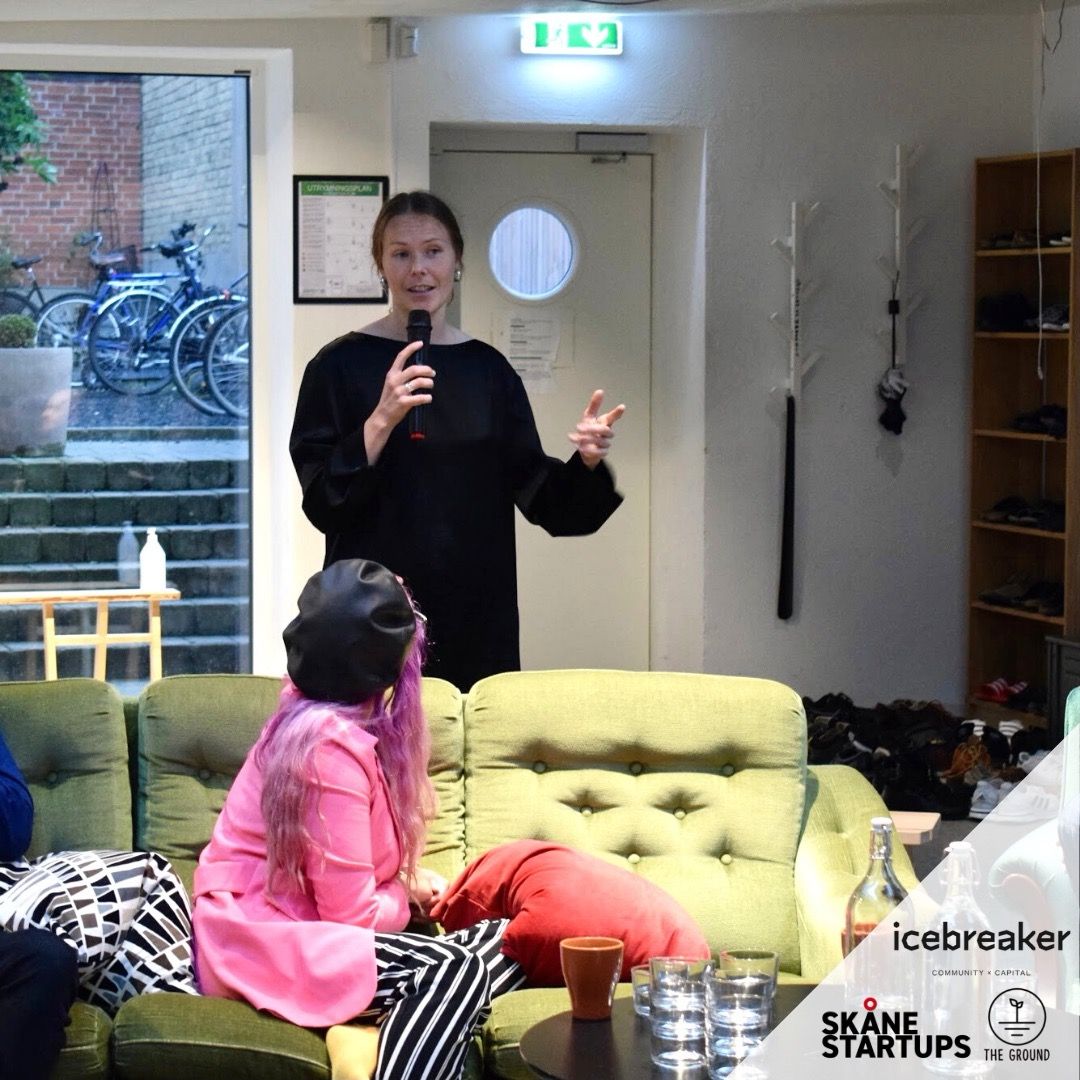
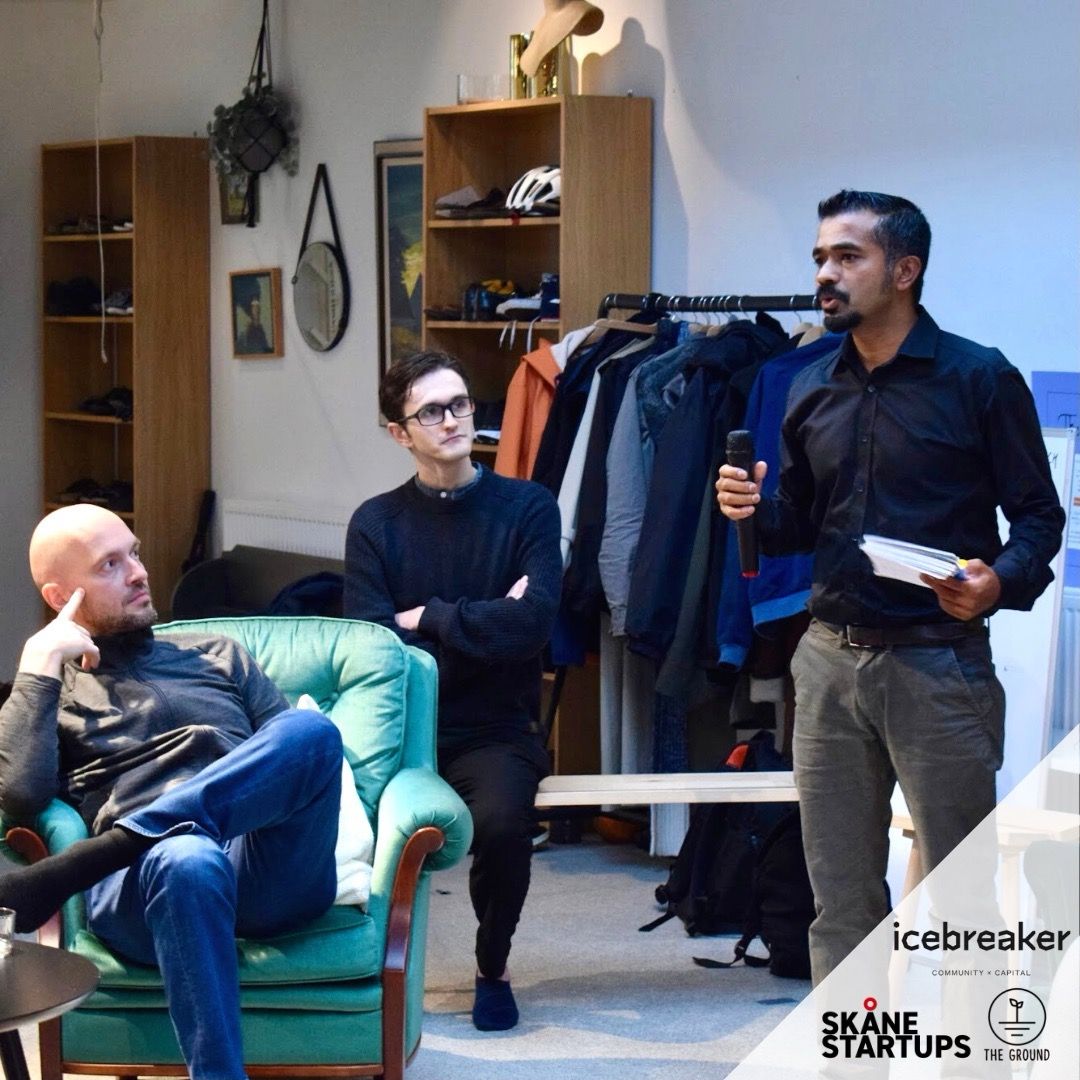
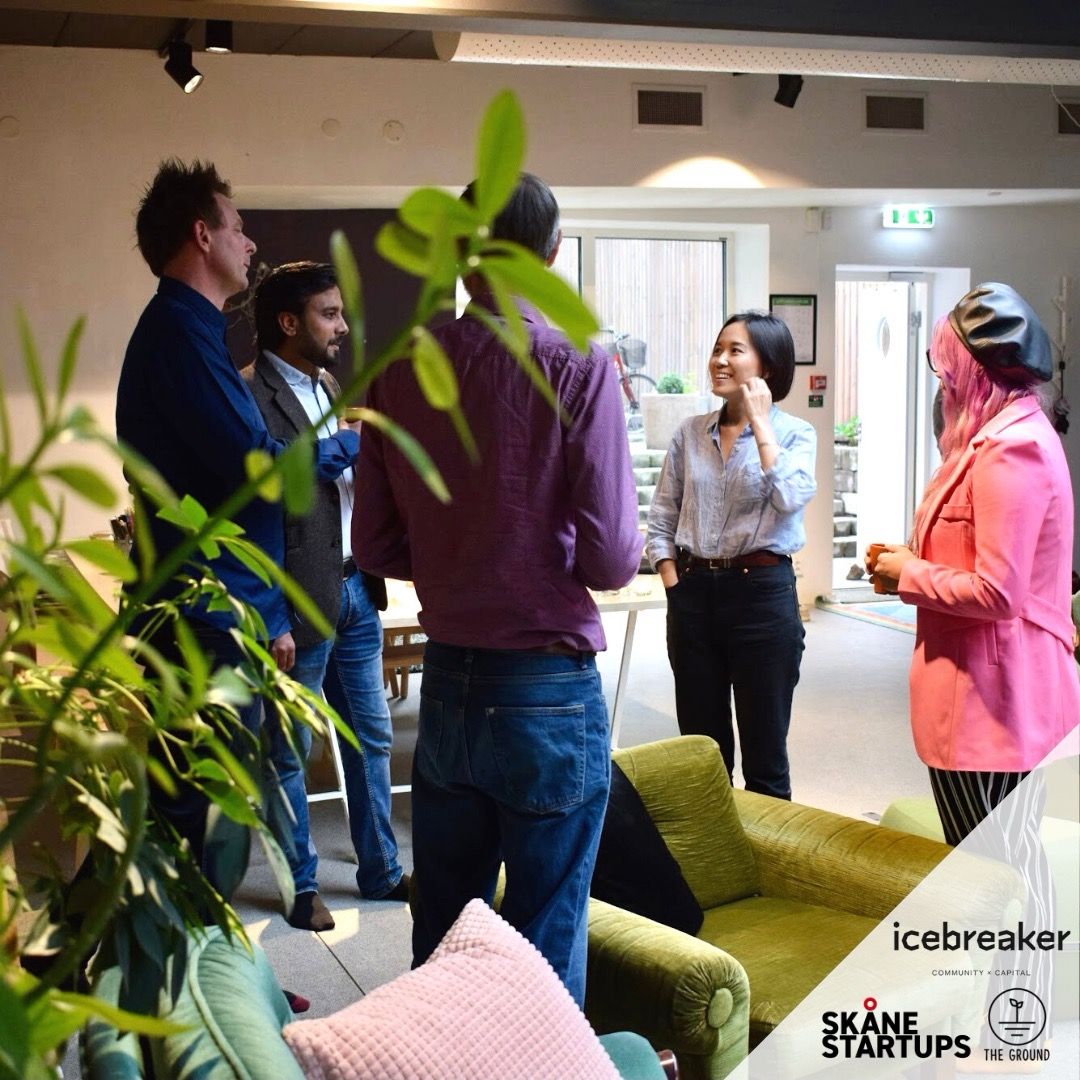
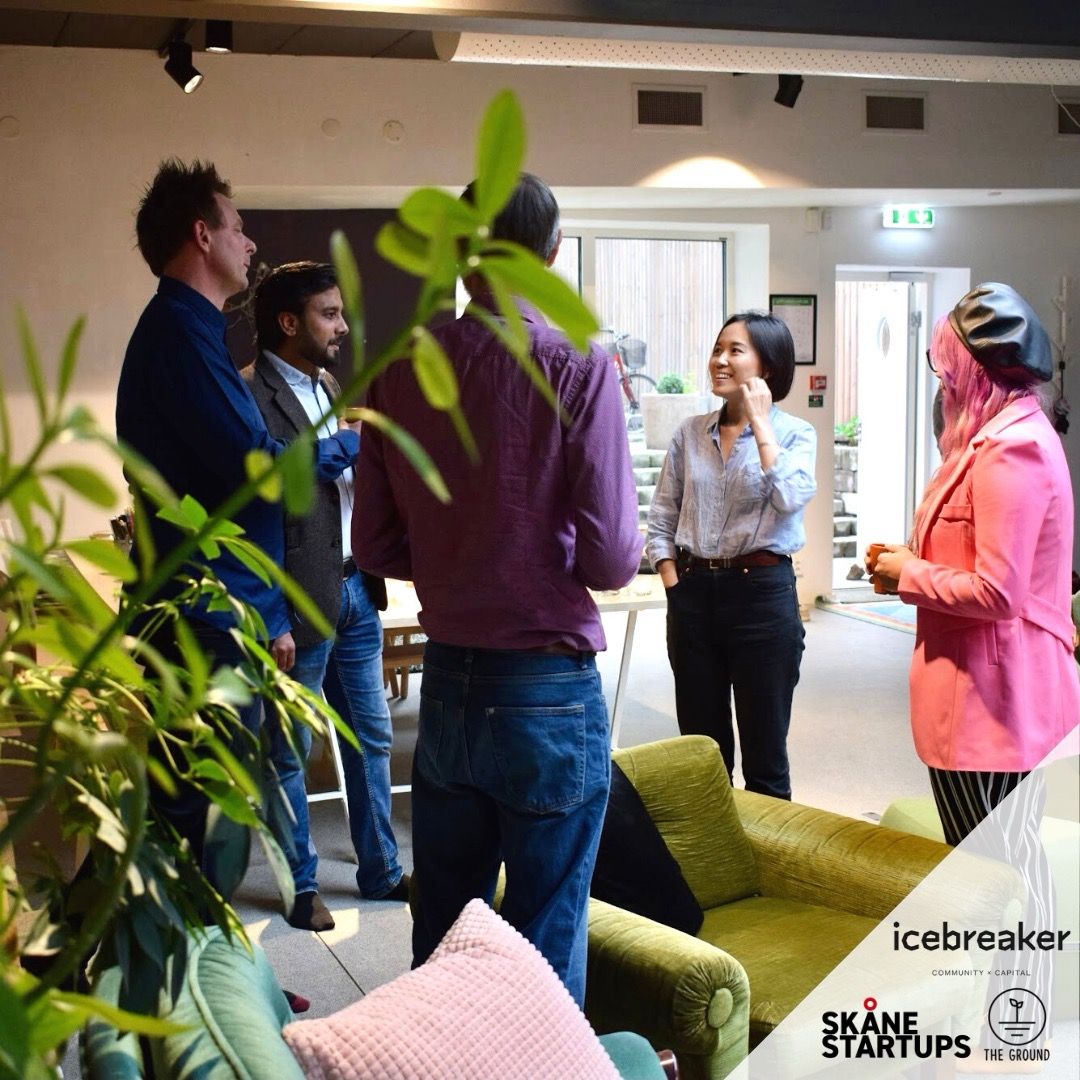
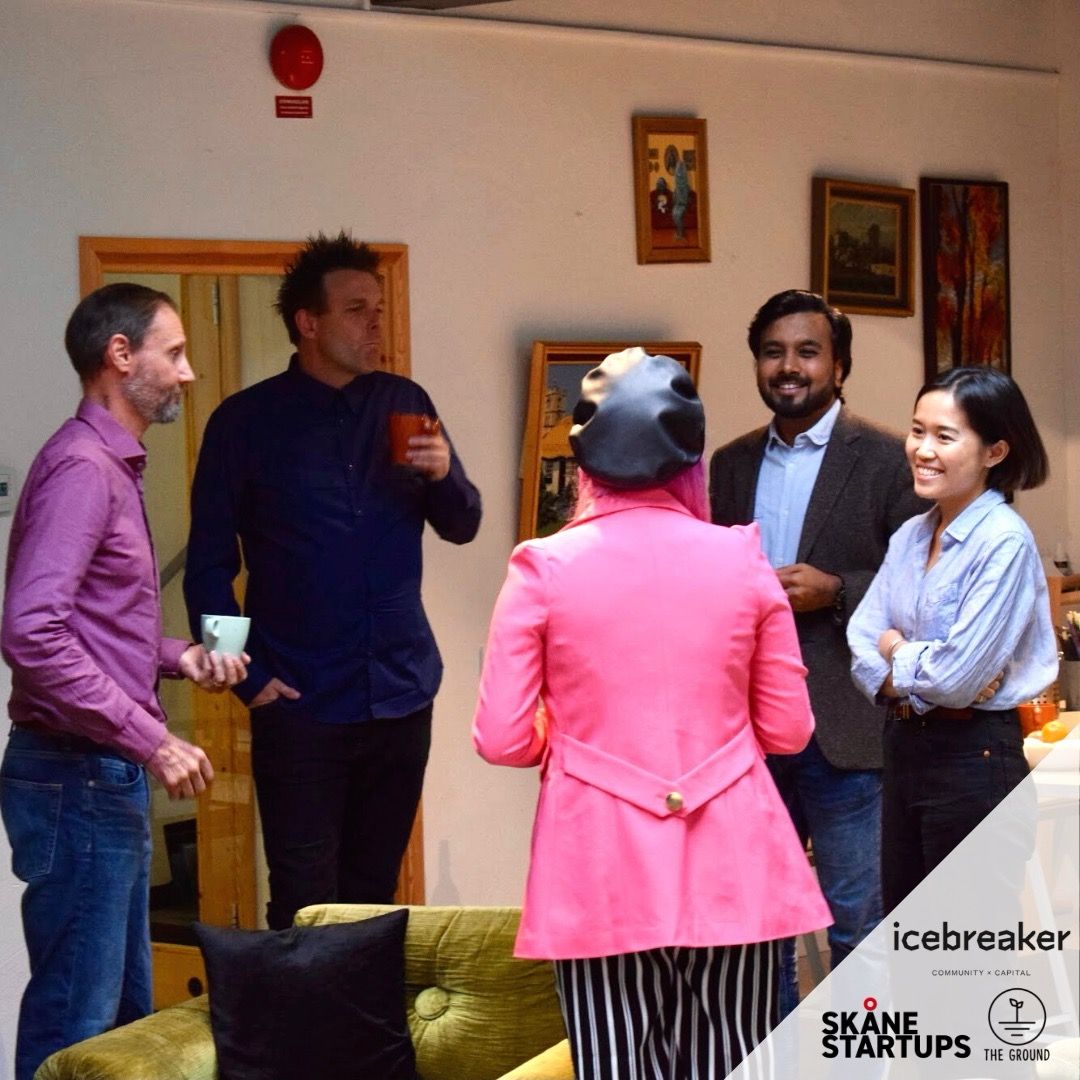
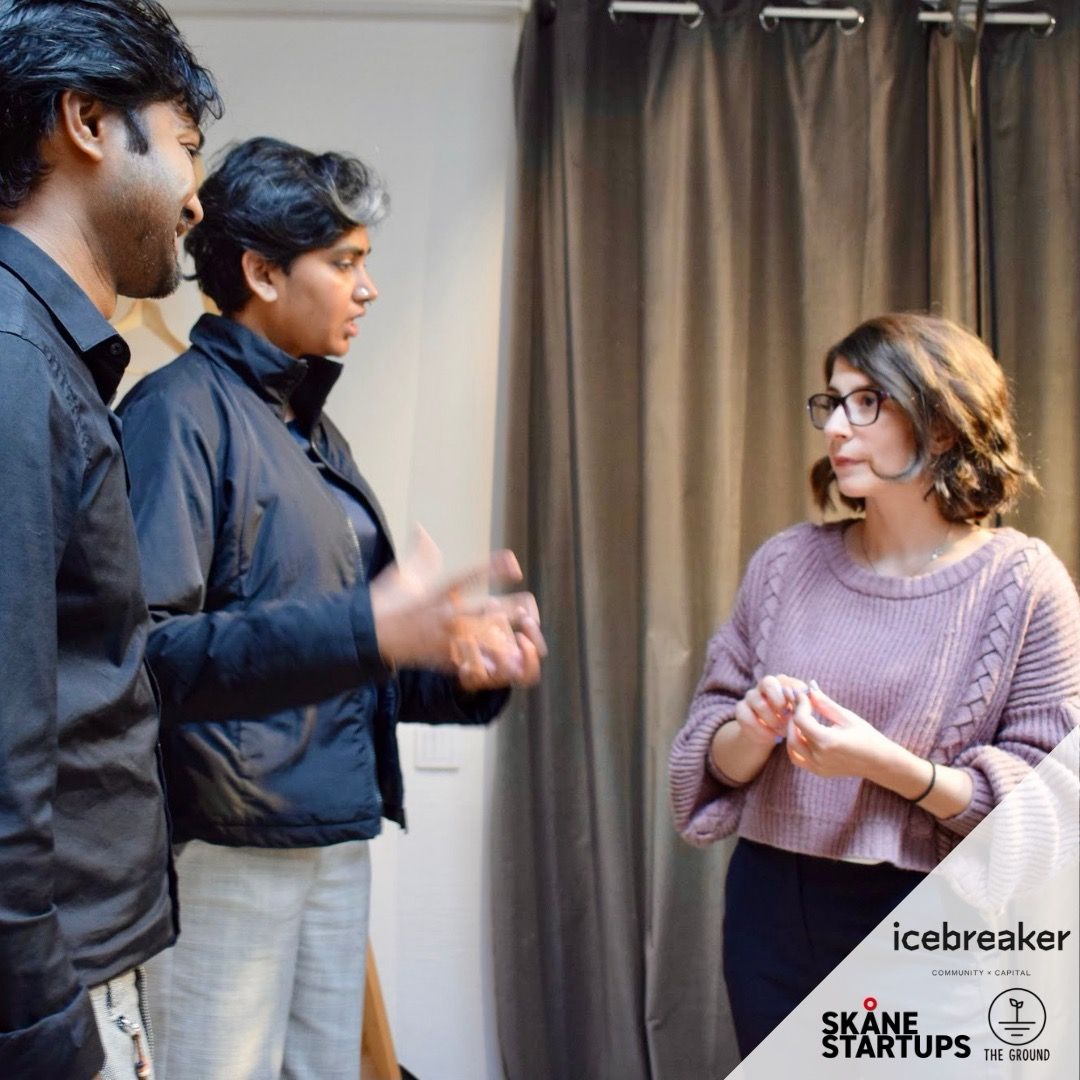
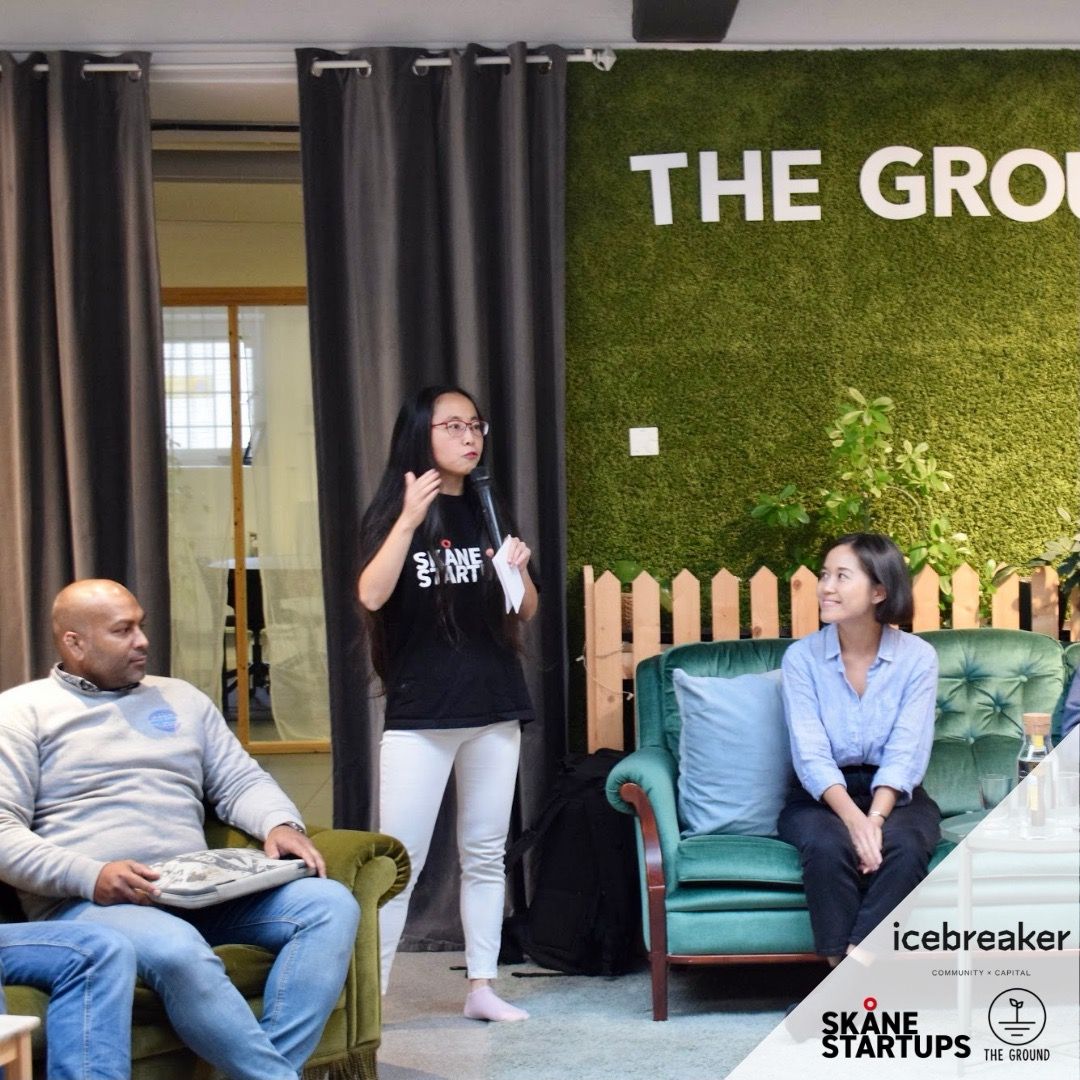
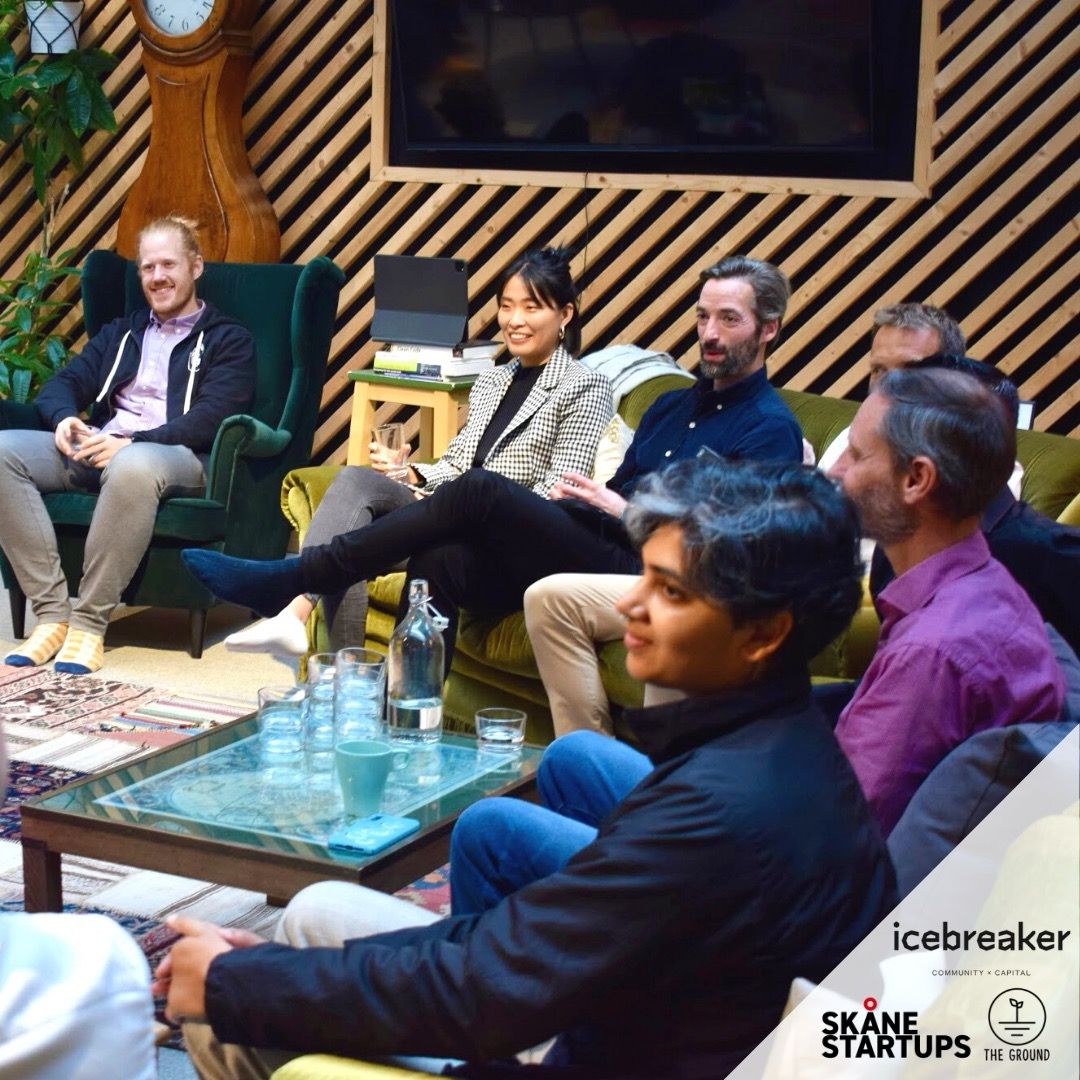

Investor Chat & Startup Pitch with Ying Ying Huang, Senior Associate, Icebreaker:vc

